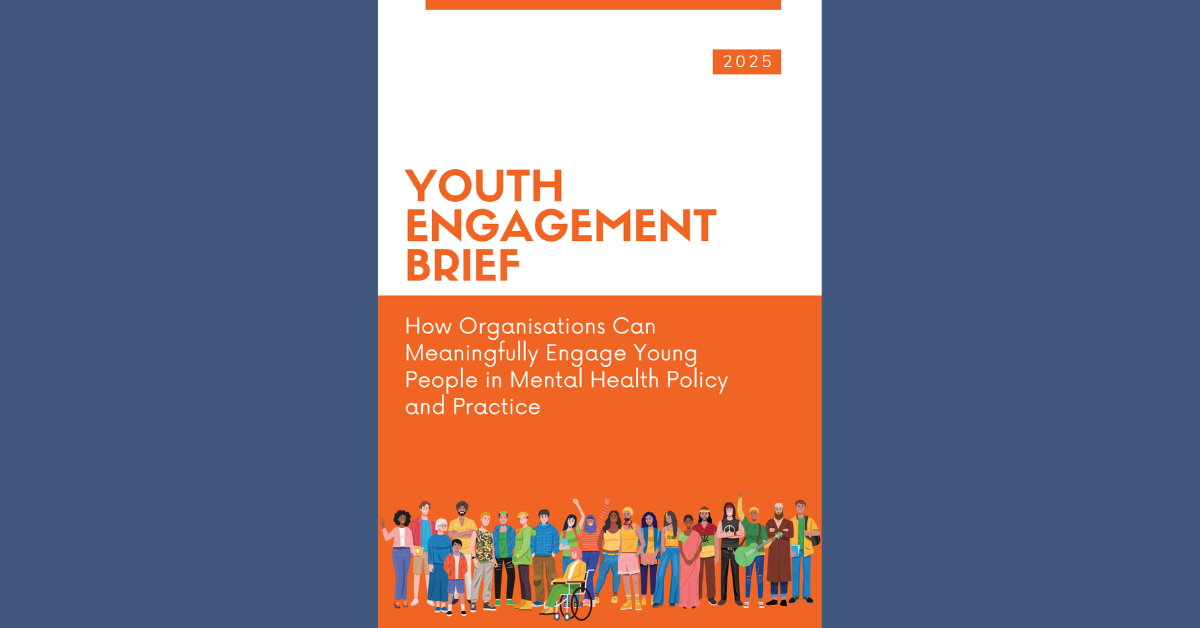
Imagine if the key to unlocking the immense potential of mental health and psychosocial support (MHPSS) in humanitarian emergencies was already in our grasp, held by our youth. What if we could bridge the chasm between their untapped capabilities and the prevalent underestimation of their power? This is not just a hypothetical scenario but a transformative possibility we are exploring.
Welcome back to our blog series on fostering youth leadership in MHPSS responses in humanitarian emergencies. After introducing our research project and outlining its objectives in our previous blog, we now delve deeper, sharing the enlightening findings from our literature review. This crucial step in our research journey brings us closer to understanding the pivotal role of youth in shaping effective and sustainable MHPSS responses.
Our literature review sought to explore the breadth and depth of knowledge on youth leadership in MHPSS responses and allowed us to delve into a variety of sources, from academic articles and reports to guidelines, each offering a unique perspective and valuable insights.
Each resource we examined helped us explore the potential of youth leadership, identify gaps, understand challenges, and recognize successful practices. As we navigated this vast landscape of knowledge, we were mindful of our goal: to ensure our research not only drew from but also contributed to the existing knowledge base.
Our Findings:
The Power and Potential of Youth Leadership in MHPSS
The literature review reaffirmed our belief in the importance and potential of youth leadership in MHPSS responses. We found compelling evidence that young people, with their unique perspectives, innovative ideas, and deep understanding of their communities’ needs, can significantly enhance the quality, reach, and sustainability of interventions. For instance, a study by the International Federation of Red Cross and Red Crescent Societies (IFRC) highlighted the role of young volunteers in providing psychosocial support to their peers in crisis situations, demonstrating the potential of youth leadership in MHPSS responses. Moreover, a review article published in the Lancet underscored the need for youth leadership in addressing the mental health needs of young people in humanitarian settings, arguing that their unique insights and experiences can help tailor interventions to the specific needs of their peers.
Challenges and Barriers to Youth Leadership
Our review also shed light on the barriers that hinder the integration of youth leadership in MHPSS responses. Despite the potential of youth leadership, it is often underestimated and underutilized. Young people, despite their capabilities, are frequently sidelined, their voices unheard, and their contributions undervalued. This underestimation and underutilization stem from a variety of factors.
Societal attitudes and stereotypes often perceive young people as lacking the maturity or experience to lead, especially in complex areas like MHPSS. This is despite evidence showing that young people, when given the opportunity, can effectively lead and contribute to MHPSS responses. Logistical challenges such as lack of resources and opportunities for youth leadership development can also hinder their involvement. Many organizations lack the necessary funding or capacity to invest in youth leadership development, leading to missed opportunities for youth engagement.
Furthermore, we found instances of resistance from adults or organizations unaccustomed to sharing decision-making power with young people. This resistance often stems from traditional hierarchical structures and power dynamics within organizations and societies. For instance, a report by the Inter-Agency Network for Education in Emergencies (2019) highlighted that only 14% of humanitarian projects had youth participation in their design and implementation. This statistic underscores the extent to which youth voices are marginalized in MHPSS responses and calls for a paradigm shift in attitudes and practices to fully harness the power of youth leadership.
Strategies for Change: Promoting Youth Leadership
Despite these challenges, the literature offered hope in the form of strategies for promoting youth leadership in MHPSS responses. These included capacity building, forging partnerships with youth-led organizations, advocating for policy and organizational changes that support youth leadership, recognizing and compensating youth for their contributions, and creating safe and inclusive spaces for youth participation. However, while these strategies have been applied in various contexts, their implementation and impact remain inconsistent. Significant gaps persist in the quality and accessibility of capacity building opportunities, the depth of partnerships with youth-led organizations, the extent of policy changes, the recognition and compensation of youth, and the creation of safe and inclusive spaces.
Looking Back to Move Forward: From Literature to Action
The insights we gleaned from our literature review have been instrumental in shaping the next stages of our research. They informed our focus group discussions with young people and key informant interviews with experts, practitioners, funders, and policymakers. By grounding our research in existing literature, we aimed to ensure our work was relevant, evidence-based, and contributed to advancing the field of youth leadership in MHPSS responses.
In our next blog, we will share the rich insights from our focus group discussions and interviews, offering a glimpse into the lived experiences, perspectives, and expertise of those on the frontlines of MHPSS responses. Stay tuned as we continue our journey to co-create a practical framework for integrating youth leadership into MHPSS responses in humanitarian emergencies.
As always, we invite you to engage with us, share your thoughts and experiences, and join us in this collaborative journey towards fostering youth leadership in MHPSS responses.






